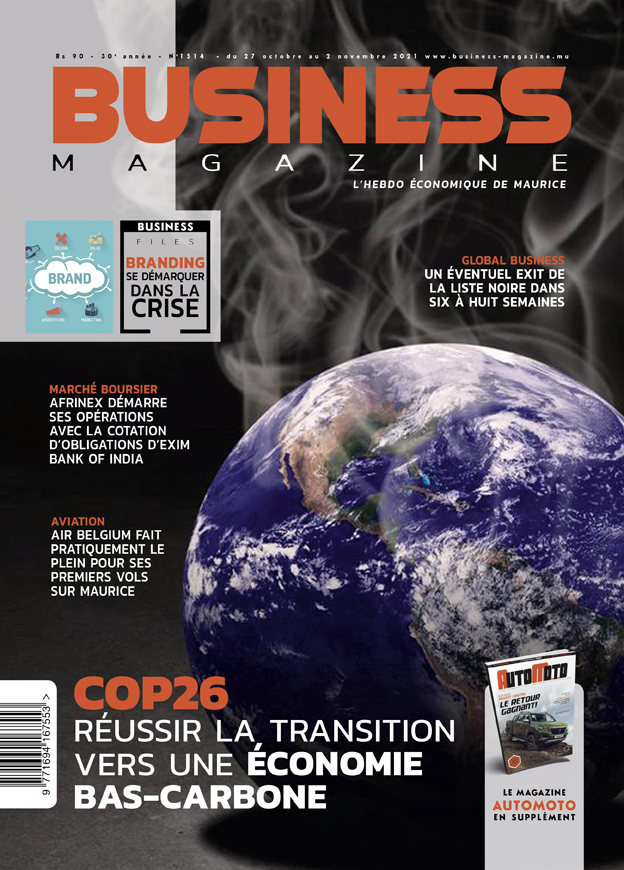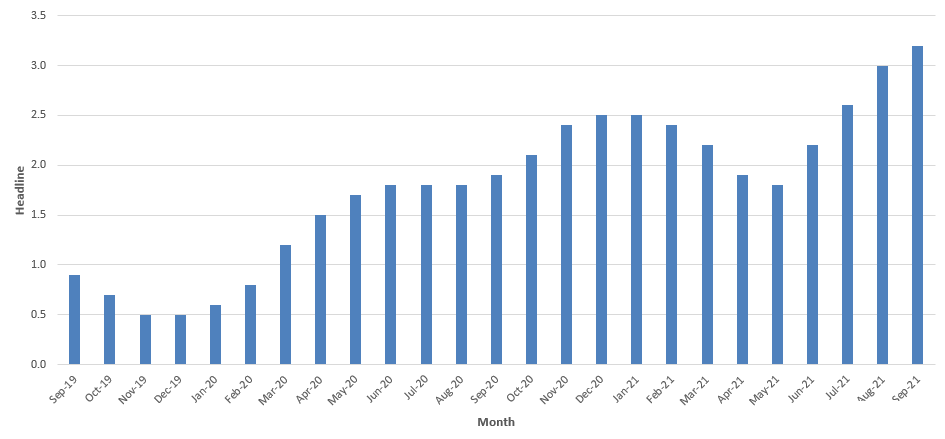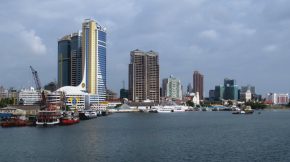An evolution of taxation in the post-independent Mauritius
Share

It is firstly important to understand the basic importance of taxation in any country. The fact that the government taxes consumers and industry is based upon the prospect for the State to earn money that might be reinvested in the economy to provide better services to the community. In countries that are endowed with natural resources, governments may own primary and secondary industries and this allows them to get high revenues at source and then complement further earnings through taxation. The case of Mauritius is different given that the island-nation is not endowed with rich physical resources and hence cannot generate direct revenue. The wealth of the nation is measured in terms of revenues created from production in the different sectors, namely the private sector, including the commitment of government to providing essential services like health, education and social security to the population.
There has always been a tax system in the Mauritian economy. This has originated from traditional taxation systems like export levy on sugar producers, company tax and income tax collected from consumers. In a span of fifty years that followed the access of Mauritius to independence in 1968, there have been developments in tax administration and systems at the national level. This article sums up the evolution of tax systems in the country since Independence by stating that such a system has developed over the years to become a suitable model with higher level of sophistication in its administration while it also points out the possible disparity between efficient tax earning system and wastage generated as a result of a misuse of tax-collected money.
Taxation at independence and in the seventies
}Taxation has always been part of the economic system in Mauritius and in most societies except those more in favour of religionbased financial systems that technically avoid tax. Direct taxes existed in industry especially the sugar and tea industries that characterised the early secondary industries of the economy. Sugar producers who were the largest ones at the time of Independence had to pay the export levy (taxe de sortie) on exports including the company tax. Export levies were based on the volume of exports and the revenues earned during trade exchange with the former European Economic Community (EEC). Company tax affected mostly secondary and some emerging tertiary sectors like banking and commerce based on the revenues earned during the financial year. This taxation was effected by the former Income Tax department that relied on paper documents attesting business undertaken by the industries. At times when the economy was in difficulty, sugar exporters urged the government to either lower or remove the export levy which the State had to undertake as a social measure.
Income tax was another source of government revenue during the post-Independence years. Government favoured a progressive tax based on annual earnings of consumers which was payable as at 30th September ending the financial year. This tax system had a basic tax rate of 5% that progressed up to 35% for the highest income earners. Basically, the average tax quantum fell in the range of 10 to 15%. Since the early income tax system was based on paper documents, it was a burden for many taxpayers to fill the form and the risk of non-declaration of revenue was high. Tax avoidance resulted in the existence of high liquidity in the monetary system as well as ‘black money’ that might have been earned from dubious sources. Tax evasion was a possibility at that time due to inherent difficulties to track bad taxpayers.
The third important source of tax funding came from residential property tax. This mainly concerned urban residents who had to pay an annual tax concerning their residential property. Since municipalities were concerned with the well-being of such residents, namely the collection of garbage, waste and refuse including the provision of electricity for street lighting, such tax demarcated urban livelihood from rural residents who did not pay such a tax. There was a time when the rural tax was to be implemented but that failed as it was a hot political issue.
The Sales tax
}The coming of a new government that s쳮ded the Labour Party holding power since Independence found it necessary to introduce a Sales tax as from end of 1982. The economy was in dire difficulty and reserves were near empty. The then Financial Minister, Paul Bérenger, introduced a sales tax of 5% on commodities. This was a first direct tax that affected all Mauritians, causing a price rise for all products. This tax was implemented following resentment and grievances from taxpayers but became institutionalised over the years. Such a Sales tax affected consumption namely from the low-income earners who had no choice to accept funding the State.
As the economy developed and a first economic miracle took place between 1986 and 1990, consumption improved, including wealth creation from the setting up of emerging industries like the textile industry. By the end of the 1990s, a re-engineering of the Sales tax was envisaged.
The value-added tax
}A modern economy demanded a re-engineering of taxation. In a more sophisticated economic system, there needed be some mechanism to tax evenly all aspects ranging from the sourcing of raw materials, the production process, product creation, distribution and purchase of commodities. Government wanted to ensure that such taxation was applicable to each level of the production activity where traceability of production and taxation would be transparent. This resulted in the development of the value-added tax (VAT) that was introduced by the Labour government in power. This was a rise in taxation of 3% which gradually fixed the tax level to 10% in eventual budget preparations until it attained the 15% mark. At a certain time, a possibility of raising the VAT to 18% was envisaged but this was subject to serious reserves from trade unions.
From a paper-based bureaucratic activity of calculating taxation, processing information and ensuring effective payments, the tax system went through the desired development under the Information diffusion that was meant to computerise all systems in government and later industry. The creation of the Mauritius Revenue Authority in 2004 led to a harmonisation in tax collection at the national level. Firstly, individual customer accounts were traceable with computerisation. Taxes were collected at various levels and in various ways. Since customer accounts were connected to banking systems, there was higher possibility of monitoring earnings. Additionally, the use of Tax Account numbers and digitalised customer account systems ensured improved possibility for the new tax systems to track payers and see that revenues could be taxed more accurately.
Secondly, the Corporate tax turned out as a model of taxation in the Mauritian tax framework. The current 15% corporate tax ensures that all companies are firstly entitled to make annual returns, large businesses are obliged to publish their annual Statement of Accounts while the quantum of taxation applies to all businesses involved in profit creation. Higher levels of jurisdiction and tax accountability resulting from the existence of foreign companies in the domestic economy have fostered higher levels of investigation and accountability in tax collection. Systems have also become complex through the existence of the double-tax avoidance agreement (DTAA) whereby companies operating from Mauritius and eventually investing in India might have ether to forgo taxation in either country. This system has been recently being subject to criticisms mainly from the Indian government following substantive reforms as well.
Negative Tax
},{index:10,type:Textarea,name:Text++If taxation merely depended upon the collection of money from businesses and consumers, a negative tax in the form of financial compensation has been recently adopted for low-income earners. Following the implementation of a minimum salary of Rs 9,000 as from January 2018, government has decided to adopt a negative tax whereby a minimum quantum of Rs 100 is applied to those gaining less than Rs 9,900 up to a maximum of Rs 1,000 for employees in the income group of Rs 5,000 or less. This incentive acts as a palliative for those earning less. Since the minimal salary is a reality now, the funding of the negative tax is likely to be less cumbersome for the State.















